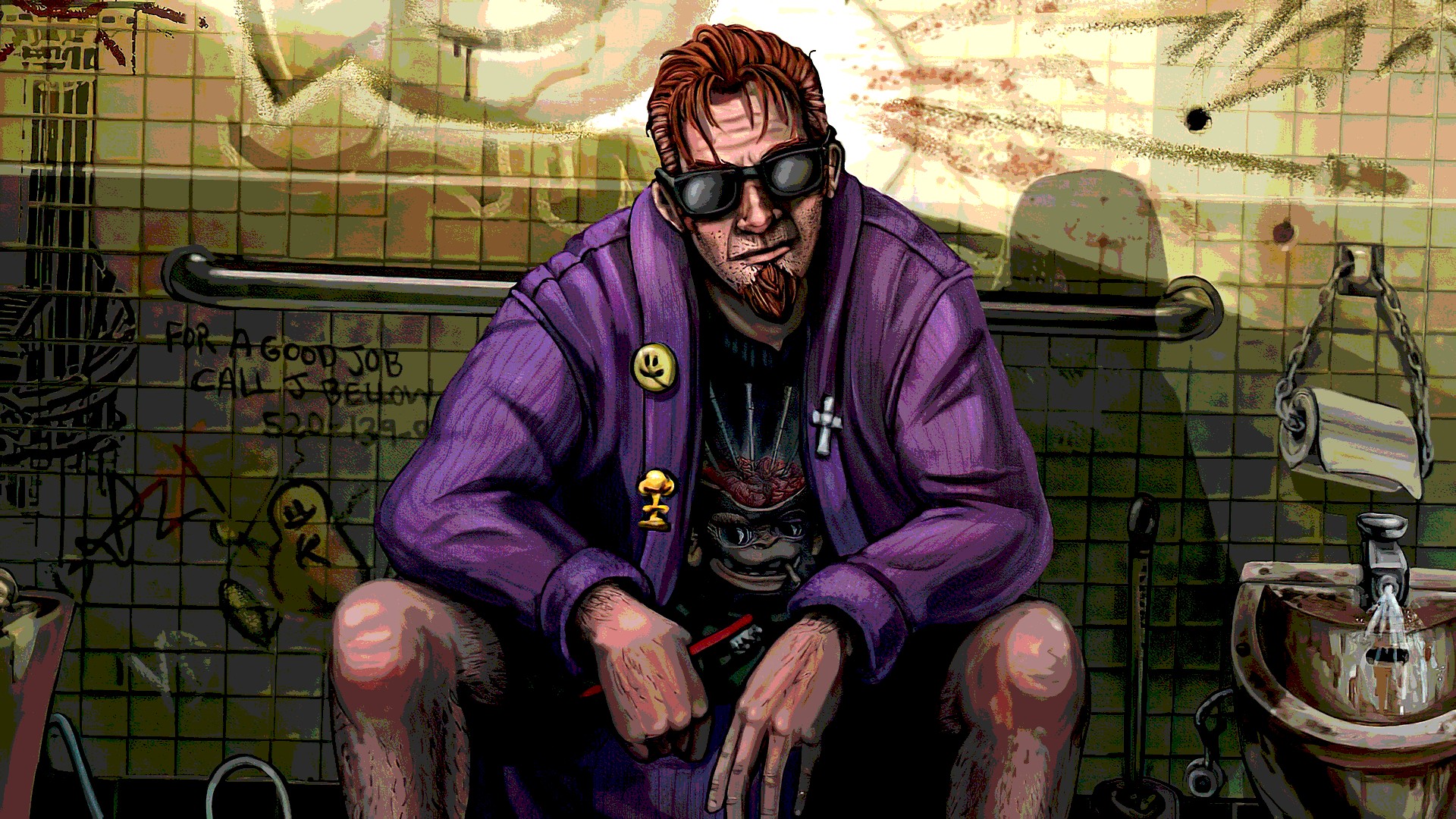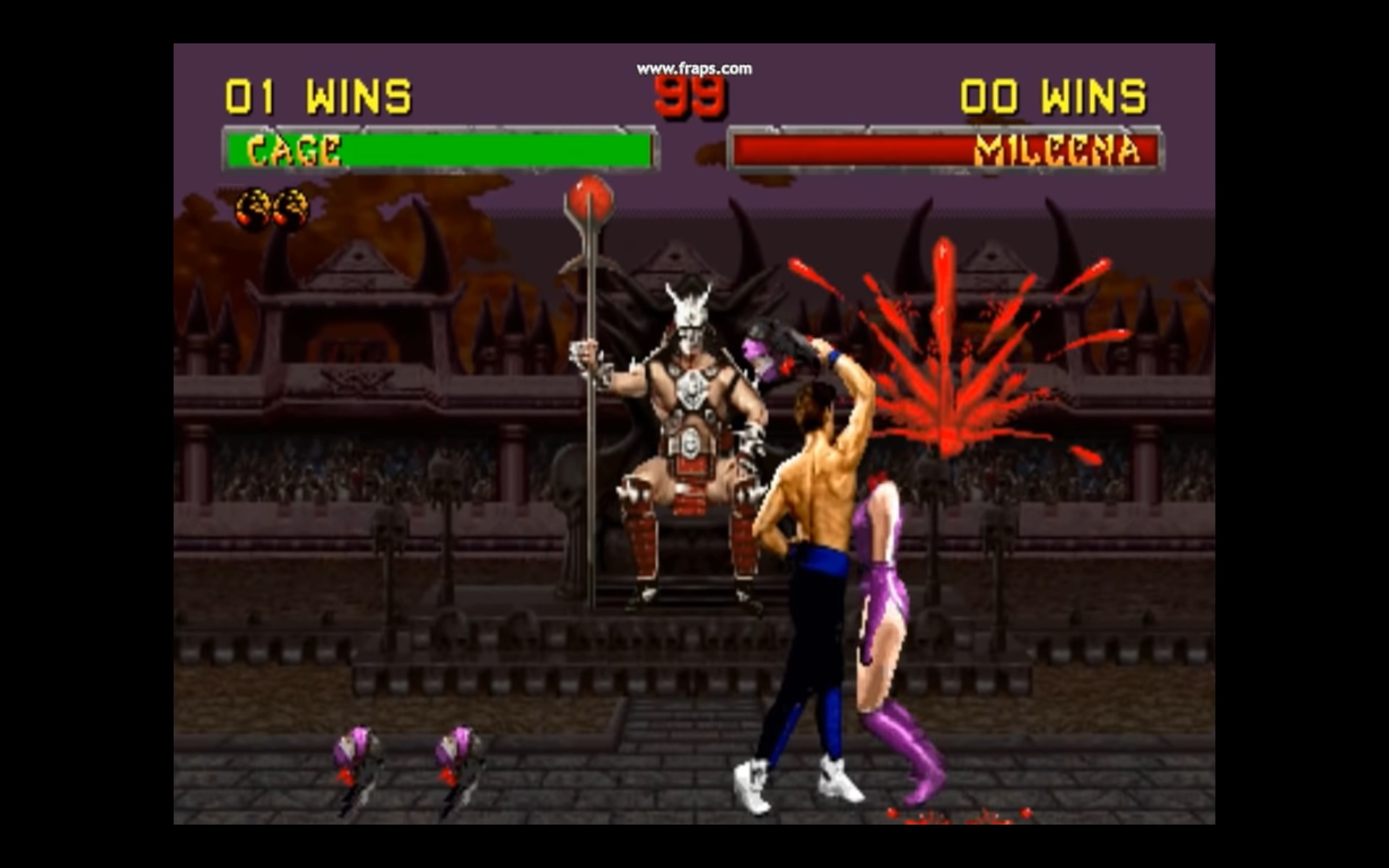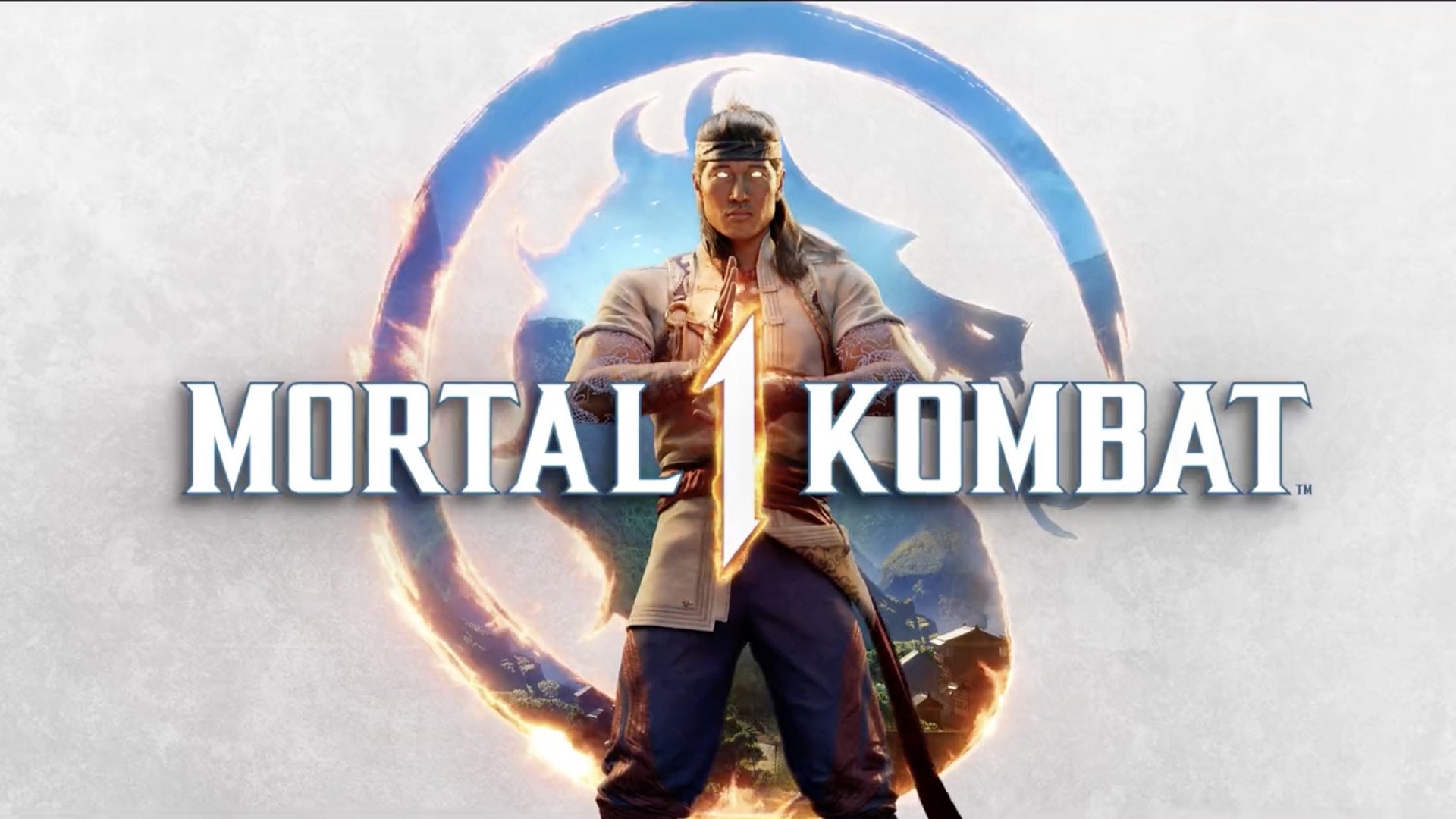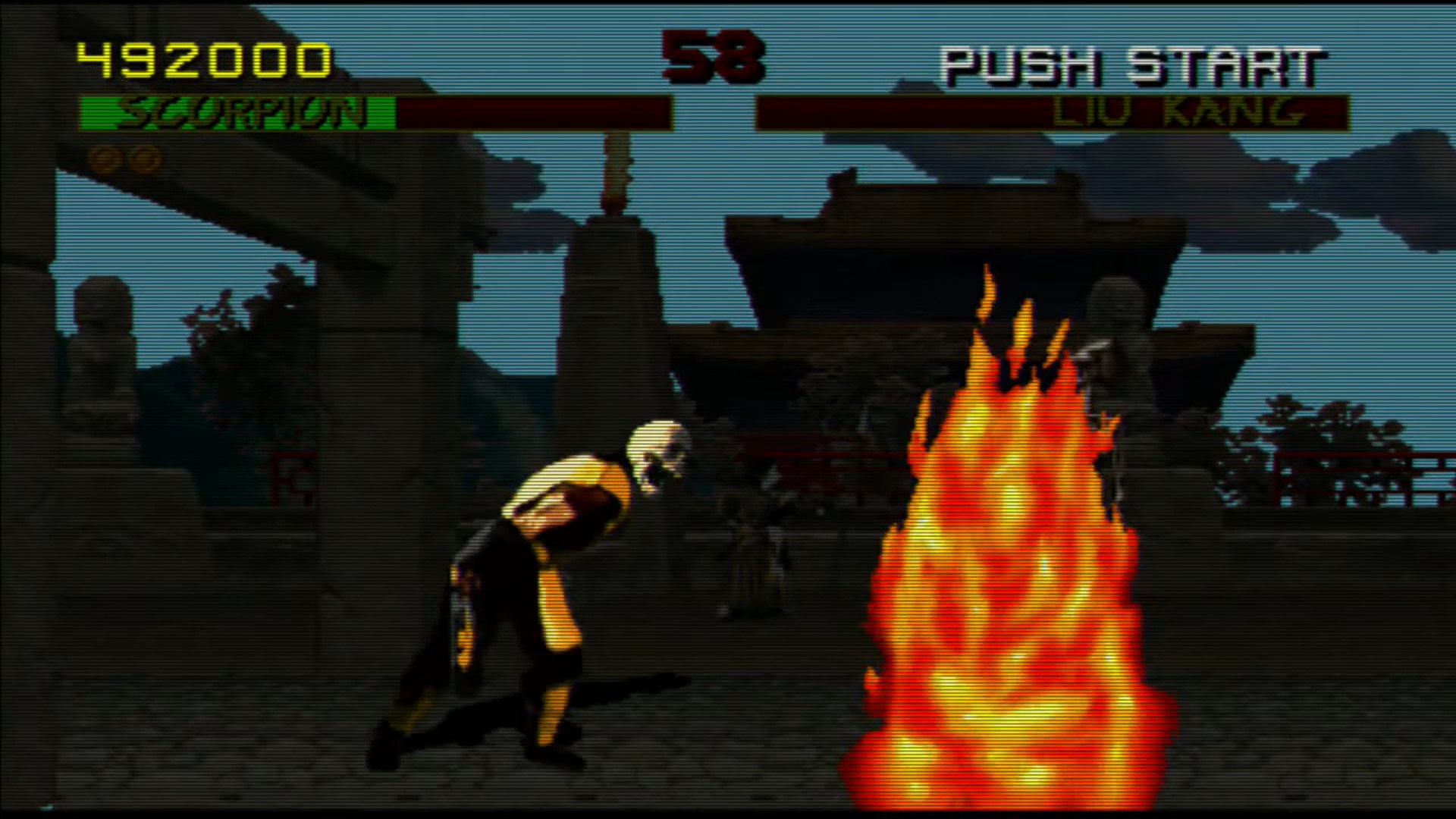
Shocking Nobody
This year, I’ve been rather fortunate to play a lot of fantastic horror games of all shapes and sizes. And it’s still only March! All sorts of genre stuff sits alongside top titles such as Dredge, The Walking Dead Saints & Sinners Chapter 2, The Dark Pictures: Switchback, Resident Evil 4, and Dead Space to name a few.
But I like to refresh my palate from time to time. Play something rough, divisive, or even just plain bobbins (that’s Mary Poppins for ‘shit’). So I took it upon myself to review the console version of Postal 4: No Regerts. I’d seen the PC reviews. I knew what I was getting myself into, but I always want to give a game a chance. Find that sweet spot in it that deserves praise. With Postal 4, I was hoping the bad taste gross-out humor might be entertaining. Because I know I can find amusement in that. I’ve watched enough Troma films in my time to know I can appreciate sick humor and low-quality production if the heart is in the right place.
Unfortunately, Postal 4 just isn’t very good at that. Dare I say it lacks the ‘finesse’ Postal 2 had when tackling dark and puerile humor? Anyone who’s ever made abrasive art will know there’s a certain way to it. See the best shitposters for example. They get it. Absolute monsters at their game. If your objective is to shock, annoy, or disgust then you need to be earnest about it. Cynicism and cruelty alone will offer little nourishment for sickos.
Even in its emergent era of the 90s, gaming has long held an ability to do the shocking. The evolution of video games moves at a different pace to something like cinema. Yet it’s fascinating to chart where both mediums went over the years in regard to what might be considered shocking, bad taste, and/or hyper-violent. The PC space was a Wild West environment during the early Nintendo/Sega console squabbles and the games reflected that. Doom stands out as an early example of something gory and Satanic. But it might as well have been Jane Austen when compared to other examples.
Chief among them was the smutty bad taste japes of Leisure Suit Larry and the carnival of gore and boobs that was Duke Nukem 3D. During the hysteria that would ensue around the content of video games in this decade when Mortal Kombat rocked up knocking blocks off in pixelly showers of blood, games in the PC space went relatively under the radar. You know this because you could imagine the absolute fit some corners of the press would have had over a game series with all the decorum of an X-rated Carry On film and a shooter that made good on a promise to ‘rip off your head and shit down your neck’ when Duke confronted a boss.
In many ways, the PC had free reign because it wasn’t as readily accessible to many at that time. Subsequently, fewer children were catered to on it beyond some choice home learning software. Lower profile, less risk. Of course, there’s also an aspect of ‘well, it was a different time’ as well. But these factors contributed far more to the freeing nature of PC development. Whilst gaudy rags calling themselves newspapers were crying about people punching each other a bit too hard in games like Mortal Kombat, the PC already had years of smut and gore in the bag.
Now, where the mediums of film and video games compare best is in how anything with ‘shock value’ is dismissed by the wider audience. That’s not to say they can’t enjoy violence, titillation, or the odd risque joke. It has to be packaged just right. But for the fiends who want the ante upped, there was a whole world of disgusting discovery that emerged.
For film, that’s most notable in the 1970s and 80s. Many long-term horror fans were baptized in the unsanitized waters of the movies of this time. Practical effects began to take unpleasantness to a whole new level. And a slasher movie wasn’t worth its salt if there wasn’t some nudity as a prelude to a gory death. The VHS boom helped make these dark and dirty treats a shareable experience for impressionable young minds. I think we all agree, we’re better for it.
For video games, the shift came through technology. The more power available, the more ‘real’ you could make things seem. It’s no surprise that Resident Evil managed to usurp Alone in the Dark as Survival Horror King. It offered up the video game equivalent of one of those VHS tapes shared about in secret amongst teens.
Now you’ve probably read this and thought ‘this is gonna be one of those back in my day, we were allowed to say and do a lot more!’ tirades and I can forgive you for thinking that when I’ve banged on about the 80s like a horror saddo. But shock value is just as viable now as it ever was. Postal 4 was just a good example of misunderstanding how to use it.
There has to be something behind it, and all the ones that end up remembered understand this. For Leisure Suit Larry, there was the running joke that Larry Laffer was a schlub who mostly got the unpleasantly pointy end of the lust stick. For Duke Nukem 3D, its constant parody of action machismo and superb level design ensured the puerile nature of the game wasn’t the only thing on offer.
Mortal Kombat has evolved to a point where its extreme gore is a spectacular masterpiece of disgusting violence. There’s more detail in Lui Kang’s exploding pancreas than there was in the original sprite for the character several decades ago. High on Life was scattershot in its bad-taste jokes (as is the norm for anything from the creators of Rick and Morty). When it married it to moments of genuinely funny game satire, it was a fantastic example of pushing and prodding the audience.

You shouldn’t have to shout about how shocking your game’s content is. It should speak for itself. Compare and contrast the promotion of The Callisto Protocol and Dead Space. We know both had grisly death scenes for the protagonists. Only one made it a core part of the marketing and personality when time and money might have been better spent elsewhere.
Years removed from the era of hidden discoveries, we live in a time where so much is available to pluck off a virtual shelf or view on an app. That’s played a part in desensitizing true shock value. Sometimes, there will be those that overcompensate for that without understanding the context in which it works. So the solution is often microbursts of unpleasantness. Or embracing it wholeheartedly because you want to, not because it might sell to an undernourished crowd. Being abrasive in your art doesn’t mean you have to be a dick about it.
For more horror game reviews, editorials, and interviews, check out DreadXP.




